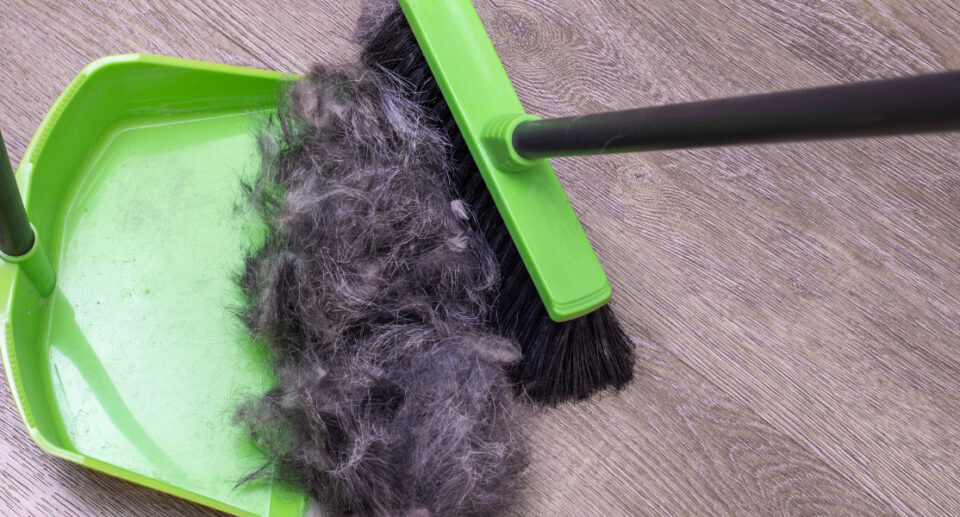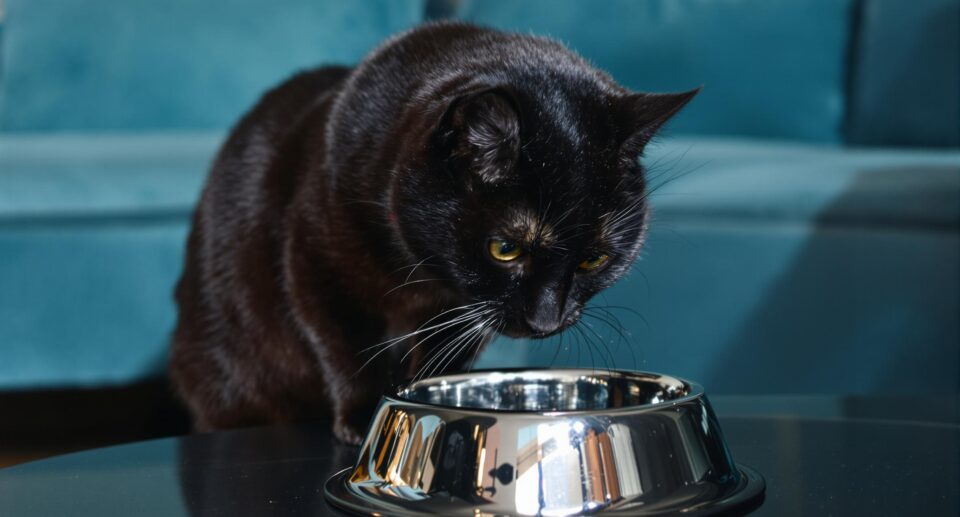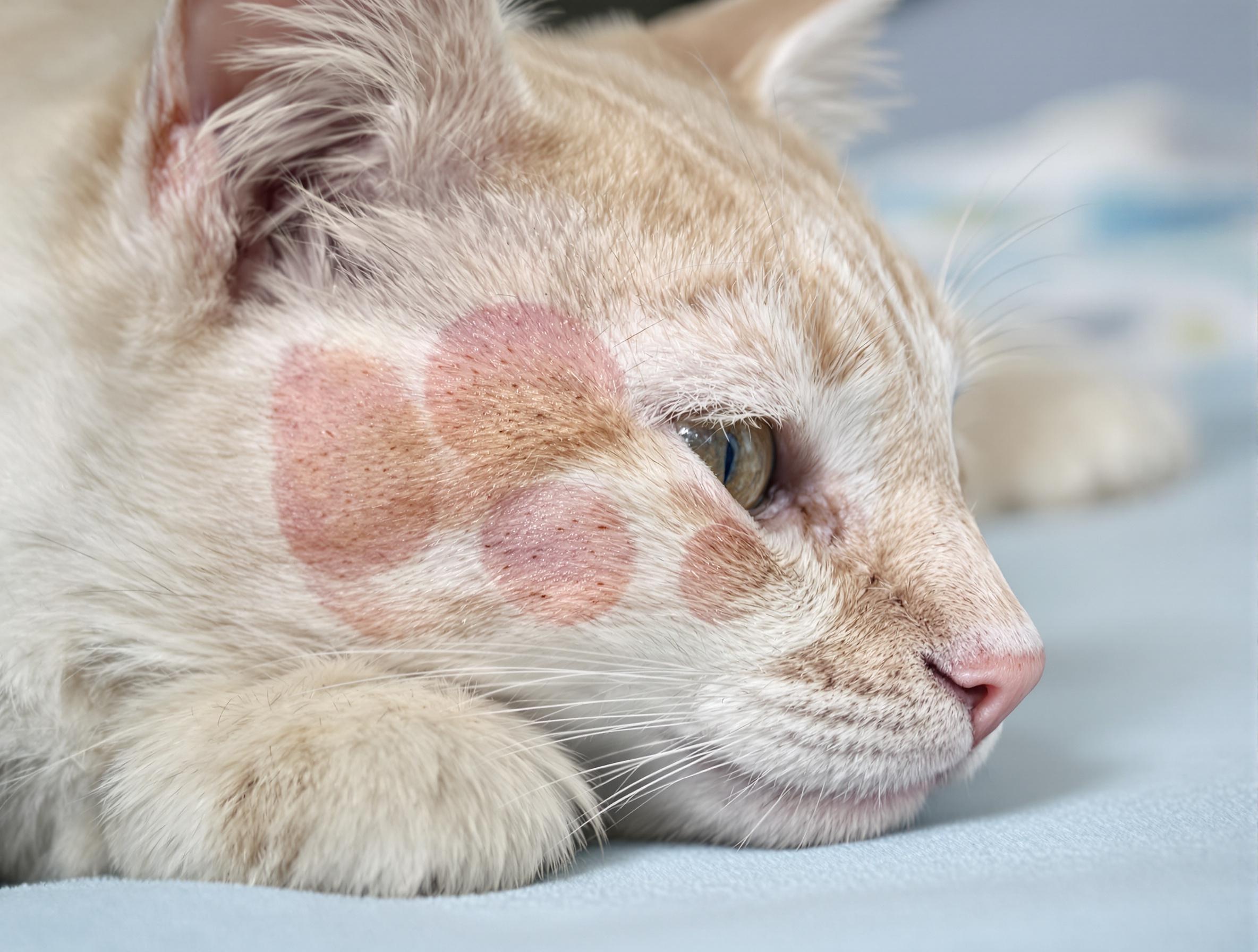What Does Spaying a Cat Mean?

Spaying removes the ability of a female to have young. Spaying is a surgical operation that removes both the ovaries and the uterus through an incision in the abdomen. Because the ovaries produce most of the estrogen in a female’s body, the pet no longer has a surge of estrogen, a heat cycle, bleeding from the vulva, or the tendency to attract males. The procedure for females is called a spay surgery or ovariohysterectomy (ovario=ovary, hyster=uterus, ectomy=removal).
Key facts about spaying in dogs and cats
- For most families, spayed cats and dogs make better pets than intact cats and dogs
- Spaying will not fix elimination problems due to anxiety, submission, or excitement
When is the best age to spay a dog or cat?
Spaying is done at all ages. At some humane facilities and animal shelters, spaying is being done when pets are 6 to 8 weeks old so that no adopted pets will have unwanted litters. Pets spayed by the family veterinarian are traditionally scheduled for surgery between 5 and 10 months of age. The smaller the breed, the more quickly the female matures, so that spaying of small dogs is best done at 5-6 months of age. The larger breeds mature more slowly so that spaying can be delayed until the pet is closer to one year of age. Thus, Chihuahuas may be spayed at 5 months of age and Bull Mastiffs may be safely spayed when 10-12 months of age. Spaying before the dog is mature ensures she does not go through estrus and become pregnant.When mature dogs are spayed, surgery is timed for a period between heat cycles when the blood vessels to the uterus are small and there is less likelihood of bleeding. With mature cats, bleeding is generally less of a problem than with dogs so that time is slightly less critical.
When scheduling surgery for a pet that has just had a litter, it is best to wait about two months after delivery so that the young are weaned, the mother has quit nursing, and the uterus has returned to its normal size.
Benefits of spaying your pet
Spaying is the most common surgery for female pets because it has so many benefits for the pet and the family. Spaying:
- Prevents estrus cycles and vaginal bleeding
- Prevents the birth of unwanted puppies and kittens
- Prevents infection in the uterus (pyometra)
- Lessens mammary cancer
- Lessens cat yowling
Are there negative health effects when having a pet spayed?
While spaying offers many benefits, there can be undesirable health and cosmetic changes. For example, spayed pets—especially those altered before they have reached their full growth—are generally taller and leaner. Their heads may also be narrower. For most of us these are insignificant cosmetic changes, but for those for whom appearance is of utmost importance, spaying before the pet is full grown may not be acceptable.
Of more consequence are the undesirable health changes. The following medical problems are believed to increase with early spaying:
- Incontinence
- Bone and joint problems (knee injury due to cruciate rupture, hip dysplasia and bone cancer)
Incontinence
Female dogs may become incontinent if surgically altered, and the likelihood of incontinence increases if pets are altered when very young. Most incontinent dogs improve when given acupuncture and drugs such as Proin, estrogens, testosterones, or anti-parasympathetic medications. However, these drugs can have detrimental side effects and they must be used for the life of the pet.
Bone and joint problems
Spayed dogs have increases in bone and joint problems such as torn knee ligaments (anterior cruciate ligament or ACL), hip dysplasia, and bone cancer. ACL injuries are common in spayed dogs of every size. Hip dysplasia and bone cancer (osteosarcoma), are common only in large dogs. Some veterinarians believe bone problems occur in spayed dogs because their bones grow larger than those of intact dogs. The larger growth occurs because estrogen, which normally tells the bones to stop growing, is not present to give the stop-growth signal. It appears that larger bone size predisposes these pets to bone and joint cancer. It also appears that the earlier a pet is spayed the greater the likelihood of bone cancer.
Does a dog’s or cat’s behavior change after being spayed?
There are misconceptions about behavior changes that occur when a dog or cat is spayed. One of the misconceptions is that it’s better to allow pets to have one litter because after that they are better pets. This is not true. What is true is that most pets are spayed between 5 and 10 months of age when they are immature. After being spayed, they mature and assume the more responsible behaviors of adults.
Another misconception is that working dogs that are used to protect and guard property will not be as effective if spayed. The reality is that protecting and guarding are genetic behaviors. Whatever genetic behaviors pets have before being spayed, they have after being spayed. Thus, a German Shepherd that is good at protecting property remains so when spayed. If the Shepherd is too young to display protective behaviors, but is genetically inclined to be a good working dog, she will develop appropriate behaviors as she matures. Other examples of genetic behaviors that are not altered by spaying include the Great Pyrenees’ ability to guard sheep, the Border Collies’ tendency to herd, and the Northern breeds’ tendency to dig.
A third misconception is that spay surgery will control aggression in dogs. Unfortunately, the tendency to be aggressive does not change when dogs are spayed. In fact, when highly aggressive dogs are spayed at a young age, they become even more aggressive following surgery. This is in contrast to older aggressive dogs that remain aggressive when spayed but do not become even more aggressive following surgery. When aggression is a problem, a full medical exam, nutritional changes, behavior therapy, and medications are the best approaches—not spaying. Spaying may still be recommended for aggressive dogs because it prevents these dogs from having young with similar predispositions.
Some pet owners believe that dogs and cats become fat and have less energy after being spayed. Sometimes a change in activity occurs because we have gotten used to our pets and are playing with them less than we did when they were young. Other times, pets are truly less energetic following spay surgery. If pets are fed the same amount after being spayed as before the surgery—especially if they were on diets for young, growing pets—they will put on weight after being spayed. This is entirely preventable if we increase activity and decrease feeding size.
There is a misconception that spaying will fix all elimination problems. Spaying will not fix elimination problems due to anxiety, submission, or excitement. On the other hand, spraying (urinating on vertical surfaces) and marking territory are decreased by spay surgery if the pet is spayed before the behavior has become ingrained.
One behavior that is eliminated with spay surgery is false pregnancy. False pregnancy occurs in dogs that are not pregnant but behave as though they are for up to 60 days following estrus. These dogs transport little toys from place to place as though they are moving puppies. Their mammary glands may produce milk, and the pet may make a nest in a dark, quiet place away from the family. Some pets become increasingly moody and aggressive.





